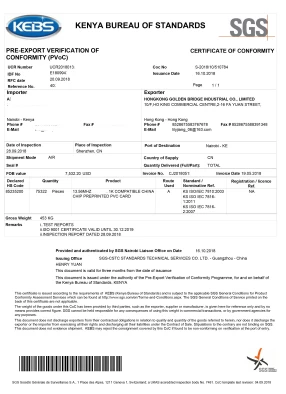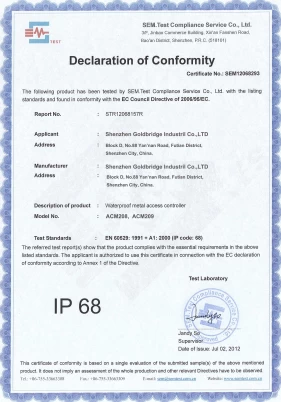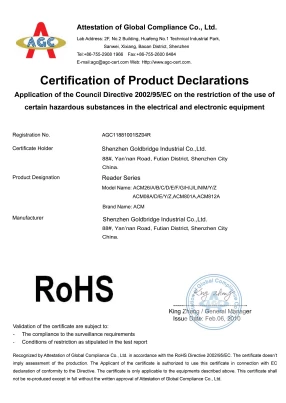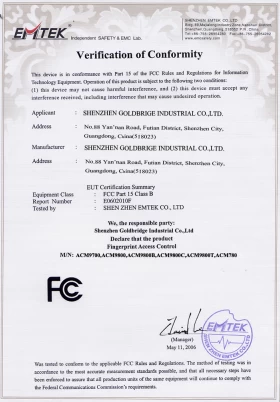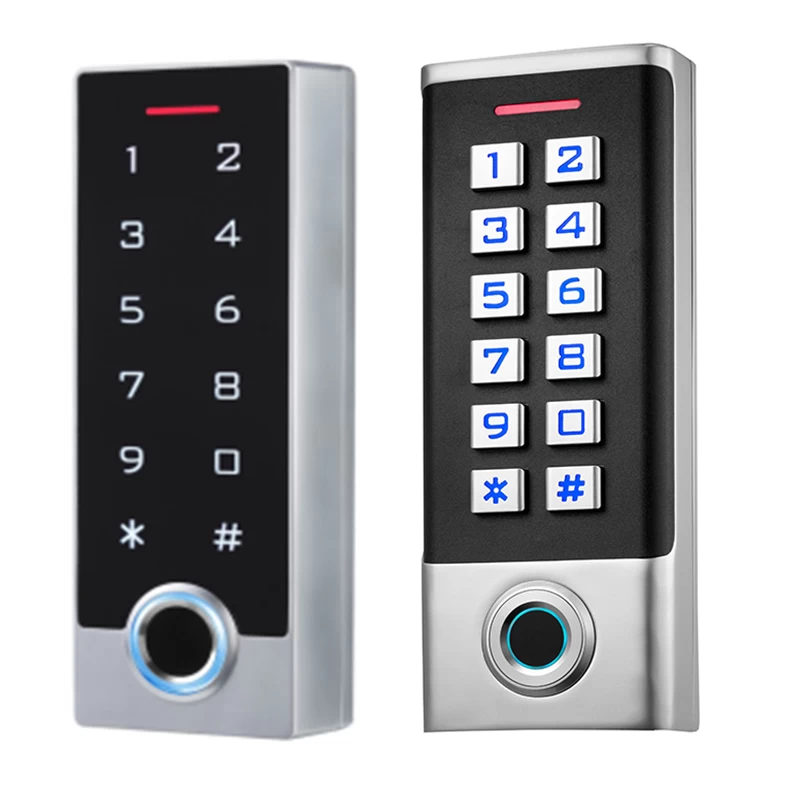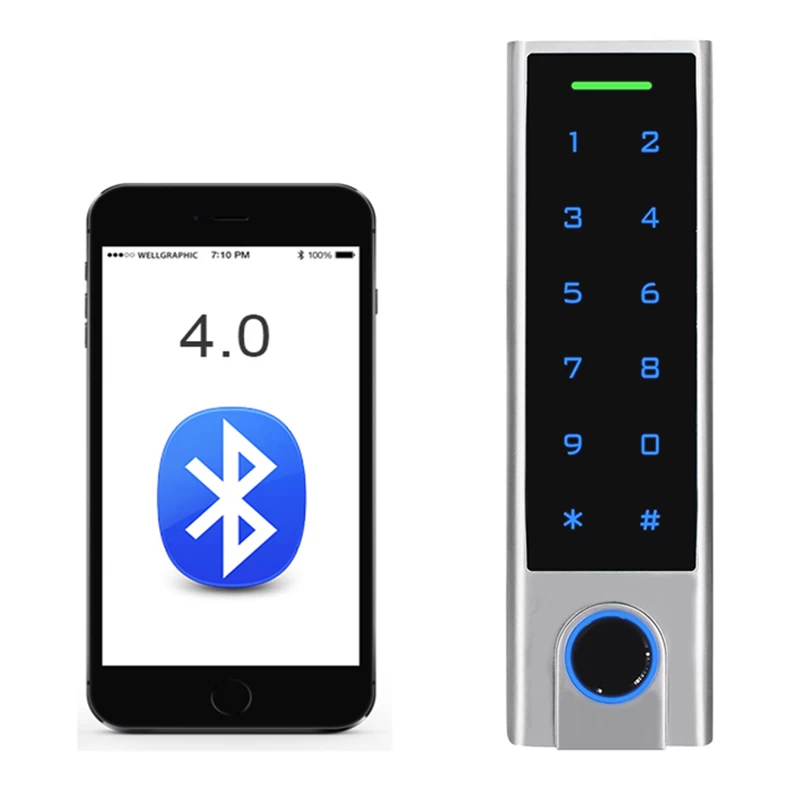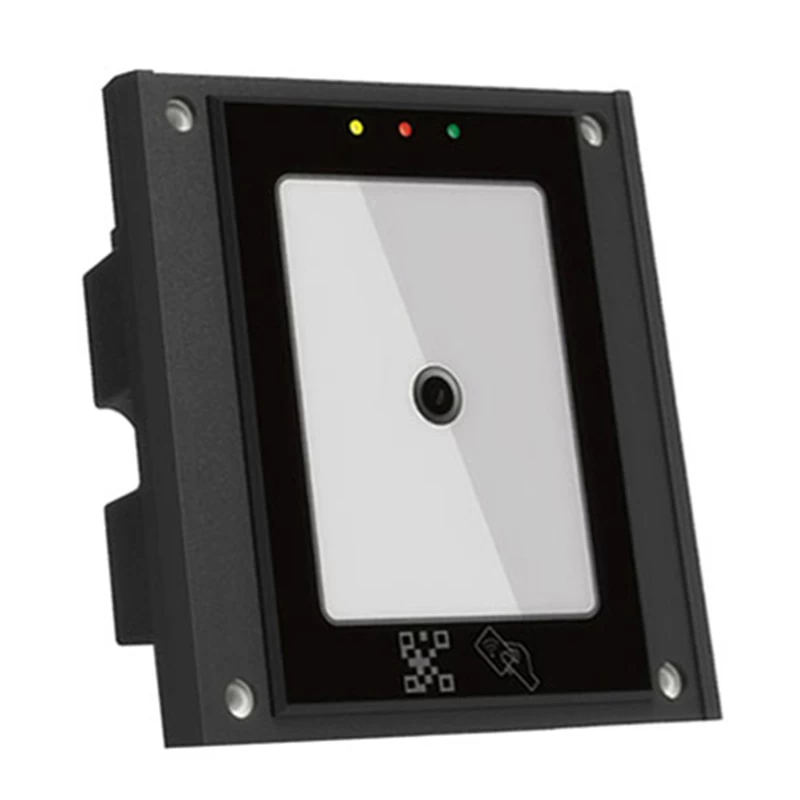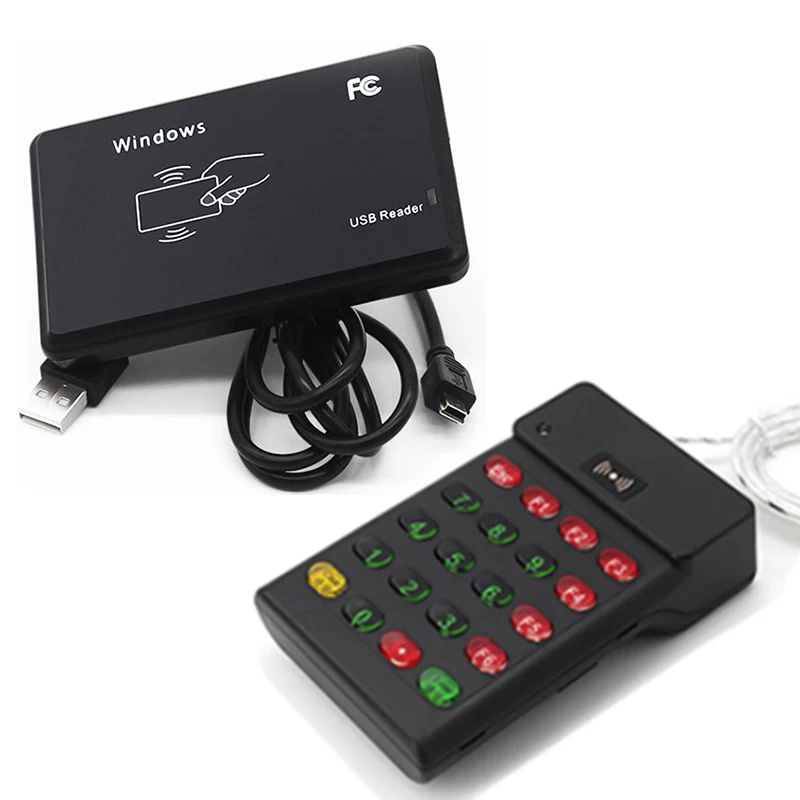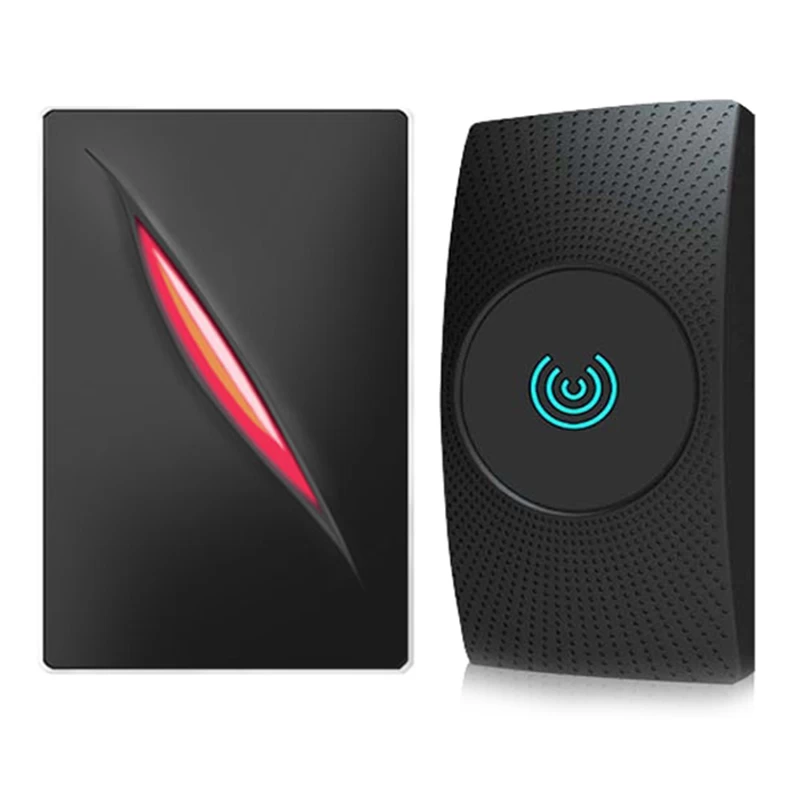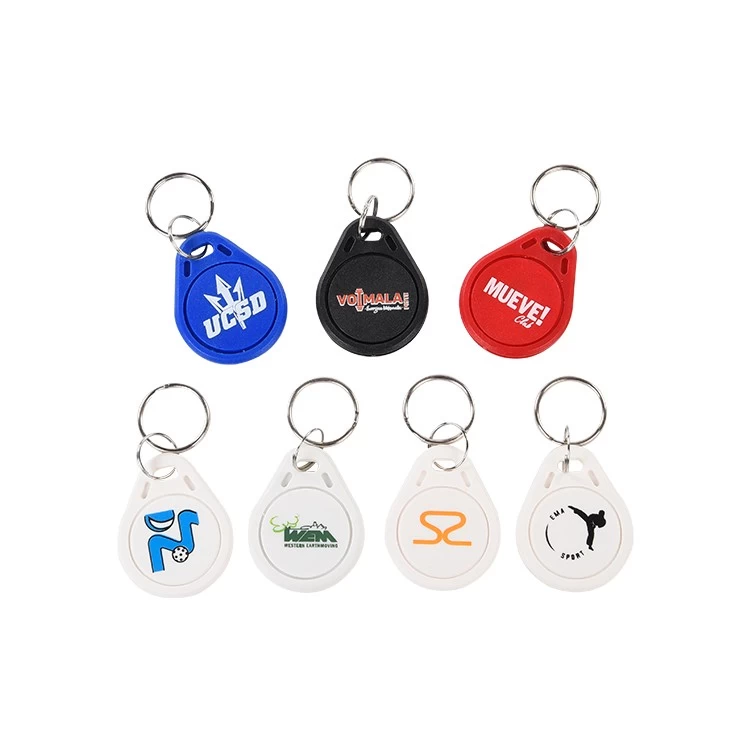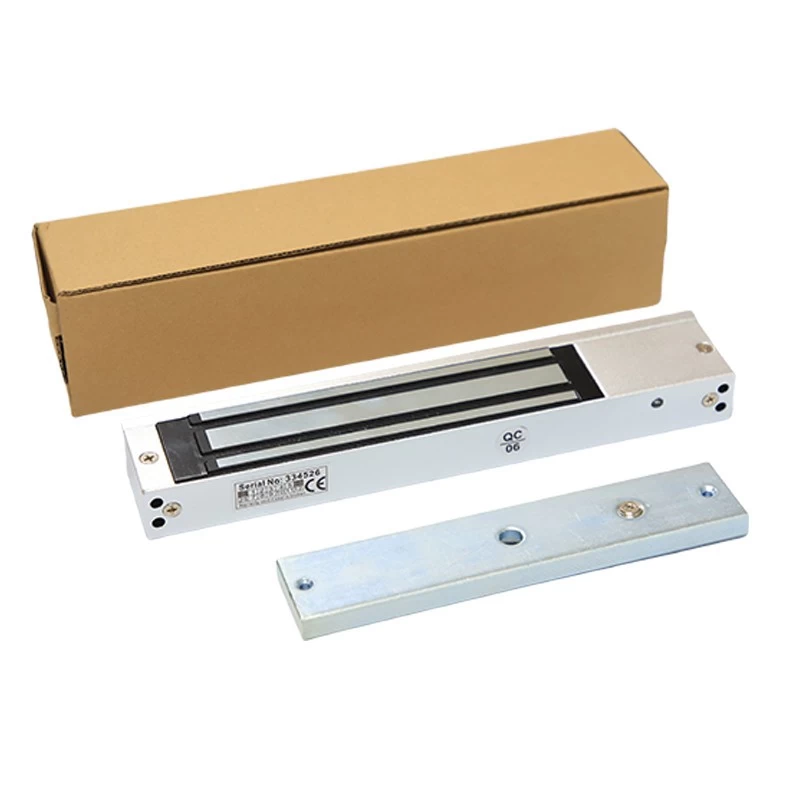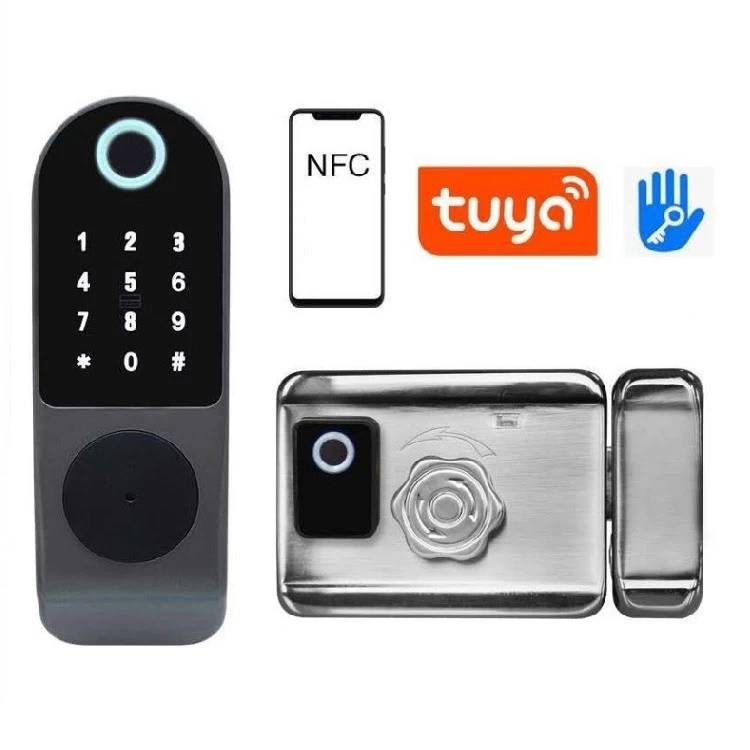UHF RFID tracks the behavior habits of free-range chickens
Now, the company is conducting a six-month project to use RFID technology to track the behavior of free-range chickens to encourage farmers to raise more free-range chickens outdoors.
Perdue Farms is one of the largest edible chicken producers in the United States, producing 12 million broilers every week. According to reports, it is now the largest supplier of free-range chickens. The United States Department of Agriculture (USDA) defines free-range chickens as poultry that can freely enter the outdoors. Generally speaking, people think that such chickens can provide more protein, and their eggs may be more nutritious.
However, most chickens are reluctant to leave the chicken coop without external stimuli.

This year, Perdue Farm has been looking for ways to track how many chickens designated as free-range chickens have entered the pasture. These data are more meaningful to Perdue Farm and its sub-farms than ever before, because many farmers on the farm are participating in a competition called Freest Range Chickens in the ranch instead of in the chicken coop.
Bruce Stewart-Brown, senior vice president of technical services and innovation at Perdue Farms, claims that 25% of the 12 million chickens that the company produces every week are free-range. For farmers, this expansion of free-range breeding means a lot of transformation of traditional chicken coops that cannot enter the external environment. The question is, if a square hole is cut in the chicken coop and the pasture is fenced, what will happen to the chickens after they exit the hole.
Perdue used this to discover the differences between the farms. For example, in some places, chickens go out a lot, and in some places, not many chickens go out. For Stewart Brown, the question is: "Who can tell me with reliable data, which place has the most chickens out?" Interestingly, some breeds of chickens may go out more frequently than others. The age of the chicken, external weather and many other factors may also be critical. He said, "To study these, we need data. Without good data, we can't really advance this project."

The company used drones to fly over the ranch it was testing, but found that chickens don't like drones. More importantly, the captured images require employees to count chickens. In this regard, Stewart Brown quipped, "Then I might sign up for chicken counting on a farm where few chickens go out." He pointed out that with artificial intelligence, chicken counting can finally be automated, and the next step is Use RFID.
RFID can not only track how many chickens are outside, but also track the habits of the chickens. "I want to know the difference between the flocks and how long they stay outside." Stewart Brown said.
Six months ago, Perdue Farms began to build a UHF RFID system on its test farm in Salisbury, Maryland, to understand the conditions of its free-range chickens in and out of the chicken coop. It separates 1,000 of the 5,000 chickens into a dedicated RFID management space, and assigns an RFID tag with a unique ID number to each chicken. The square hole cut out of the chicken coop measures 2 feet high and 4 feet wide.
Perdue Farms worked with technology groups Sentinel Robotic Solutions (SRS) and GAO RFID to develop the solution, which includes drones and a robot that walks through the chicken coop to stimulate the flock.
Perdue Farm is currently carrying out the third iteration of the system based on some early experience. Stewart Brown reports, “Engineering has always been a challenge, more than we thought. It sounds easy, but it’s difficult to do. Because the behavior of chickens is unpredictable. Chickens wearing RFID tags usually approach The square hole, then backed up, turned upside down, and passed through the hole in droves."
Perdue Farm discovered that because the antenna was deployed too close to the ground, the radio frequency energy was grounded. Therefore, it reconfigured the antenna and lifted it to the bottom edge of the square hole. The two antennas were about 4 inches apart to identify the direction. Stewart Brown said that the lowering of this range is to prevent messy chicken tags from being cross-read. In addition, the location of the two antennas can also cause radio frequency interference.
The company's engineers may choose to further separate the antennas to avoid interference between the antennas, but Stewart Brown said that this design needs to be balanced. If the distance between the antennas is too far, the exit of the square hole may require a tunnel design, which in turn will affect the willingness of the chickens to enter and exit.
All 1,000 chickens in the study were affixed with RFID circular plastic tags, which were wrapped around chicken legs. However, of these 1,000 chickens, 17 managed to get rid of the label, while the others kept the label wrapped around their legs during their several months of life.
The label will be affixed within a few weeks after each chicken is born and removed when the right-age chicken leaves the test site and heads to the farm. This process is done manually and includes snapping the label into place. Stewart Brown explained that professional chicken farmers can easily secure each tag in place and remove it from live birds. "Chickens can distinguish inexperienced people from experienced chicken farmers, but when professionals take them, they will settle down."
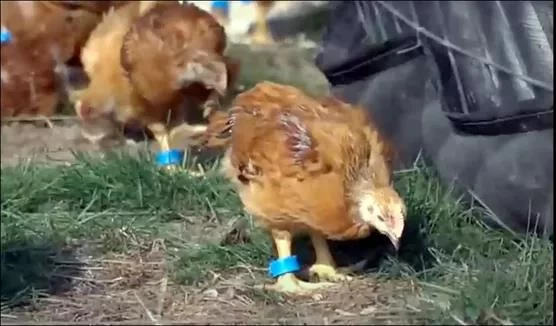
The system has been in operation at the test site for approximately six months.
Perdue Farms is not only working hard to determine the correct configuration of the reader antenna and tag size, but also considering software options. The company is currently collecting data on test farms. In the long run, it hopes to be able to access the information remotely, making it easier to deploy the technology temporarily on many farms. For example, the company may build about 10 systems that can be moved between different sites. At present, the farm has about 800 free-range chicken houses, each with about 20 square holes.
Since the solution has been launched on the test site in Maryland, Stewart Brown said that it is too early to manage the data, and the focus is on whether the technology can accurately capture the data. However, Perdue Farm hopes to finally be able to analyze each chicken and its behavior. The company speculates that some chickens may not choose to go out at all. With this knowledge, some farmers may try to solve those chickens whose living habits are sedentary. The weather may also affect the activities of the chickens, but without more precise data, Perdue cannot make major changes. "It will be interesting to link data to the weather."

In addition, chickens often react to the presence of predators, such as birds of prey flying overhead. Perdue Farm expects data to show how fast all chickens are moving at this time.
The focus of the next research will be on the types of farms that attract chickens. Perdue Farm hopes to study how chickens respond to pasture changes, such as using oregano, alfalfa or dandelions to grow grass on pastures. The company believes that if chickens go out often and last longer, they may have advantages in terms of meat quality and nutritional levels. The company also hopes to provide consumers with the best chicken meat.
Perdue Farm has launched a one-year competition, and 53 farmers have signed up to compete for the title of farm with free-range chickens who love outdoor activities by August 2022. The purpose of this competition is to allow more farmers to participate in the activities of encouraging free-range chickens.
Stewart Brown said: "Farmers like to learn from other farmers. We hope that this technology will make people interested in chicken behavior, so that more farmers and others in the poultry industry will be passionate about chicken care. This also It's more conducive to chicken eaters."


